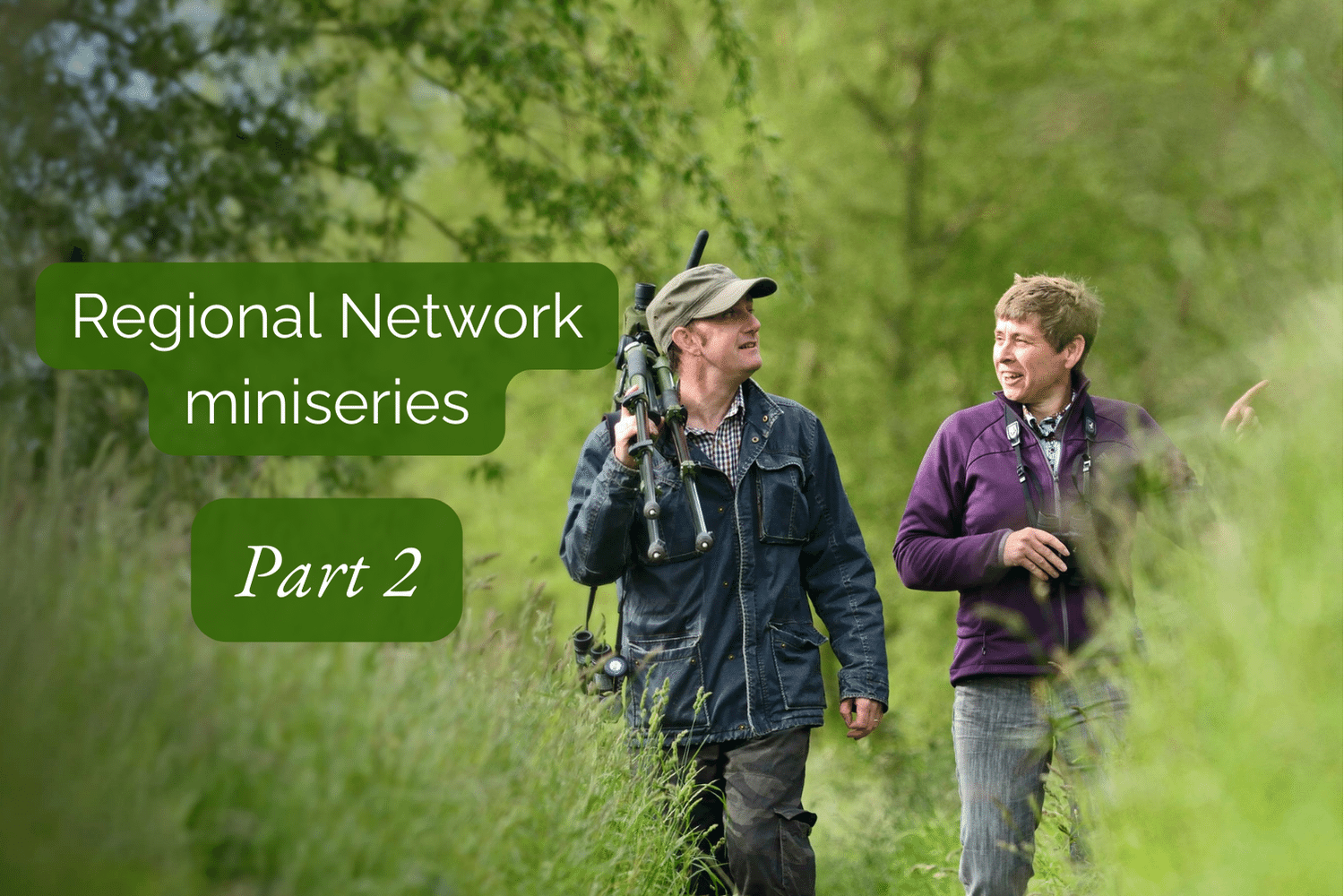
Fledgling volunteers and wise owls
Our wonderful volunteers come from all across the UK, bringing diverse backgrounds, skills and experiences into the BTO melting pot.
In the second of our Regional Network blog miniseries, we spoke to two volunteers from across the generation divide: Neil, who has been a Regional Representative since 1995, and Naomi, who took on their Regional Representative role in their twenties, just four years ago.
- Read the first post in our Regional Network miniseries: Why become a Regional Network volunteer?
Neil Bielby: Regional Representative (Central Scotland)
My route into birdwatching and thus BTO was a little unconventional. Although I have always been interested in the natural world, my life up until the age of 40 had been very much focused on sport and the ‘great outdoors’. All that came to an abrupt halt when I was struck down with what was eventually diagnosed as ME (chronic fatigue syndrome).
So, by necessity, my interest turned to things which didn’t require a lot of physical effort – the main one of which quickly became birds. It was by responding to a request for BTO/RSPB/JNCC Wetland Bird Survey (WeBS) counters in a birding magazine in January 1994 that I became involved with bird recording.
I recced, counted and submitted data for a number of sites from then until the end of March. This ‘keenness’ resulted in being invited to take on the vacant role of Local Organiser in June 1994. I sought out new volunteers for the survey, mostly at local RSPB, Scottish Ornithologists’ Club and Scottish Wildlife Trust talks, eventually recruiting 16 counters who covered 70 sites between them during the subsequent 1994/95 WeBS core season.
The jungle telegraph was obviously working well because, out of the blue in January 1995, I received a letter from BTO asking if I’d like to fill the vacant Regional Representative position in Central Scotland. My appointment was confirmed in April.
The BTO/JNCC/RSPB Breeding Bird Survey (BBS) was then in its infancy, with just nine squares and four surveyors in 1994 (the survey’s inaugural year). The topography and habitat of BTO’s Central Scotland region are very varied, ranging from the Forth Estuary at sea level to the summit of Ben More at 1,174 m. Recruiting volunteers for survey squares in each of these environments provides its challenges because of their particular requirements – from the ID skills required for woodland surveys, especially in mature conifer plantations, to the physical fitness needed to survey in the hills. Coverage of the uplands has been greatly helped by the introduction of additional upland squares and the Upland Rovers scheme. BBS coverage has steadily increased since 1994, to a peak of 74 squares counted by 43 surveyors in 2019.
Of course, over the years there have been changes, the most beneficial of which has been the rapid development of IT. No longer is all correspondence done by snail mail; survey forms have been replaced by online submission; and the recruitment of counters and surveyors has been greatly aided by online and email advertising.
As the years have passed, the interaction and involvement with general bird recording in the area have also increased. This was greatly boosted by the opening of the BTO Scotland office at the University of Stirling in 2002, and its close, symbiotic relationship with the Scottish Ornithologists’ Club.
Writing this blog, as this year’s BBS fieldwork has tailed off, is a reminder of the seasonal patterns in the life of a Regional Representative. The next major fieldwork is of course the core WeBS season which runs from September to March, and which many Regional Representatives also organise in their area.
This is necessarily just a brief résumé of both the role and changes in the life of a Regional Representative during the past 30 years. But the fact that I’m still ‘in post’ is not just a reflection of how enjoyable the role is, but also, how rewarding.
The fact that I’m still ‘in post’ is not just a reflection of how enjoyable the role is, but also, how rewarding.Neil Bielby, BTO Regional Representative (Central Scotland)
Naomi Davis: Regional Representative (Cardigan/Ceredigion)
Like many BTO volunteers with a love of birdwatching, I started out my volunteering journey by submitting my sightings to BirdTrack. In 2018, I took over two BBS squares and a heronry, as part of the BTO Heronries Census. A few months later I began as the Heronries Local Organiser, and I thoroughly enjoyed both the surveying and the ‘behind-the-scenes’ organisation. I was keen to get more involved, and within a year I had taken on the role of Regional Representative!
In my county (Cardiganshire/Ceredigion), my role as Regional Representative is quite varied. The area I cover is mostly rural with a small population that’s concentrated in the north and south. In these more populated areas, most surveys are very well covered, but it’s been difficult to drum up interest for surveys in more remote areas. To advertise the breadth of volunteering opportunities available with BTO, I often put on talks and bird walks for local groups, and I try to maintain an active presence on social media.
I’ve found that social media is a great way to interact with people of all ages, and is especially important for my role because my county includes two university towns – the main one being Aberystwyth. Trying to engage students is quite a challenge, as many go home for the holidays and disappear completely once their course finishes. Most students are also entirely absent for the spring and summer months, so BBS and nest recording are difficult to promote. As a result, I’ve had to tailor my engagement to suit the student schedule, and I’ve found that WeBS is perfect for this. Over the past year, the Aberystwyth University Ornithological Society has taken up the monthly count at a coastal site within walking distance of town, and they’ve recorded some brilliant birds including Chough, Mediterranean Gull and Purple Sandpiper.
When I started as Regional Representative, having just graduated from university, I was one of the youngest people in the Regional Network team. As a result, I was in a great position to understand how important young people are to the conservation effort. Thanks to Kelvin Jones (who has recently retired as Development Officer for BTO Cymru), Aberystwyth University has had its own Student Ambassador for almost a decade, and this has been essential in connecting BTO with the wider student community through amazing experiences like bird ringing demonstrations.
I’m now 30, and edging out of my official ‘youth’ status. But I’m pleased to say that I’m already noticing the impacts of the BTO Youth team’s focused effort to engage young people across the UK. Students are now arriving at university with a knowledge of BTO, and sometimes they have some surveying or ringing experience under their belt already!
I feel so fortunate to be part of the BTO Regional Network team. I’m looking forward to working on the goals of BTO’s new strategy, and giving even more young people access to the skills and knowledge that can be gained from volunteering with BTO.
I feel so fortunate to be part of the BTO Regional Network team. I’m looking forward to working on the goals of BTO’s new strategy, and giving even more young people access to the skills and knowledge that can be gained from volunteering with BTO.Naomi Davis, BTO Regional Representative (Cardigan/Ceredigion)
Join our Regional Network
Do you love your local Herons? Enjoy chatting with your local birding network about how they can help? Are you familiar with the Breeding Bird Survey and know your area well? Or are you mad for ducks and waders and want to help with the Wetland Bird Survey?
If the answer to any of these is “Yes!”, then we’d love to hear from you. There are vacancies in the Regional Network across Wales, Northern Ireland, Scotland and England.
BTO is here to help and we have staff across the four nations, as well as Survey Organisers, all happy to give help and support whenever needed.
Looking for more inspiration? Read the first post in our Regional Network miniseries, where three of our volunteers explain why they got involved.



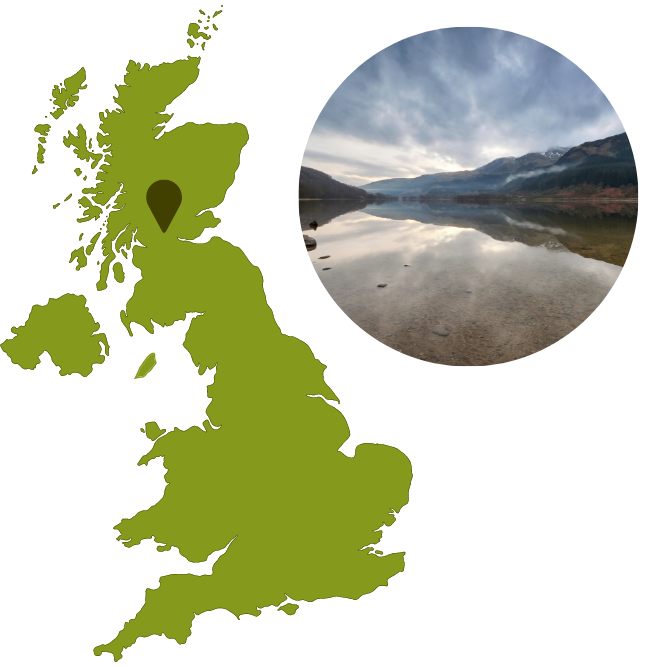
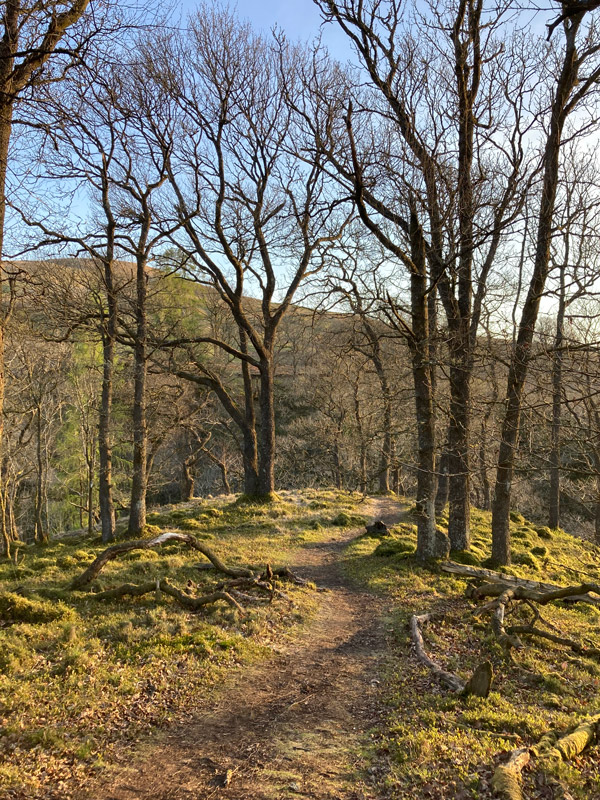
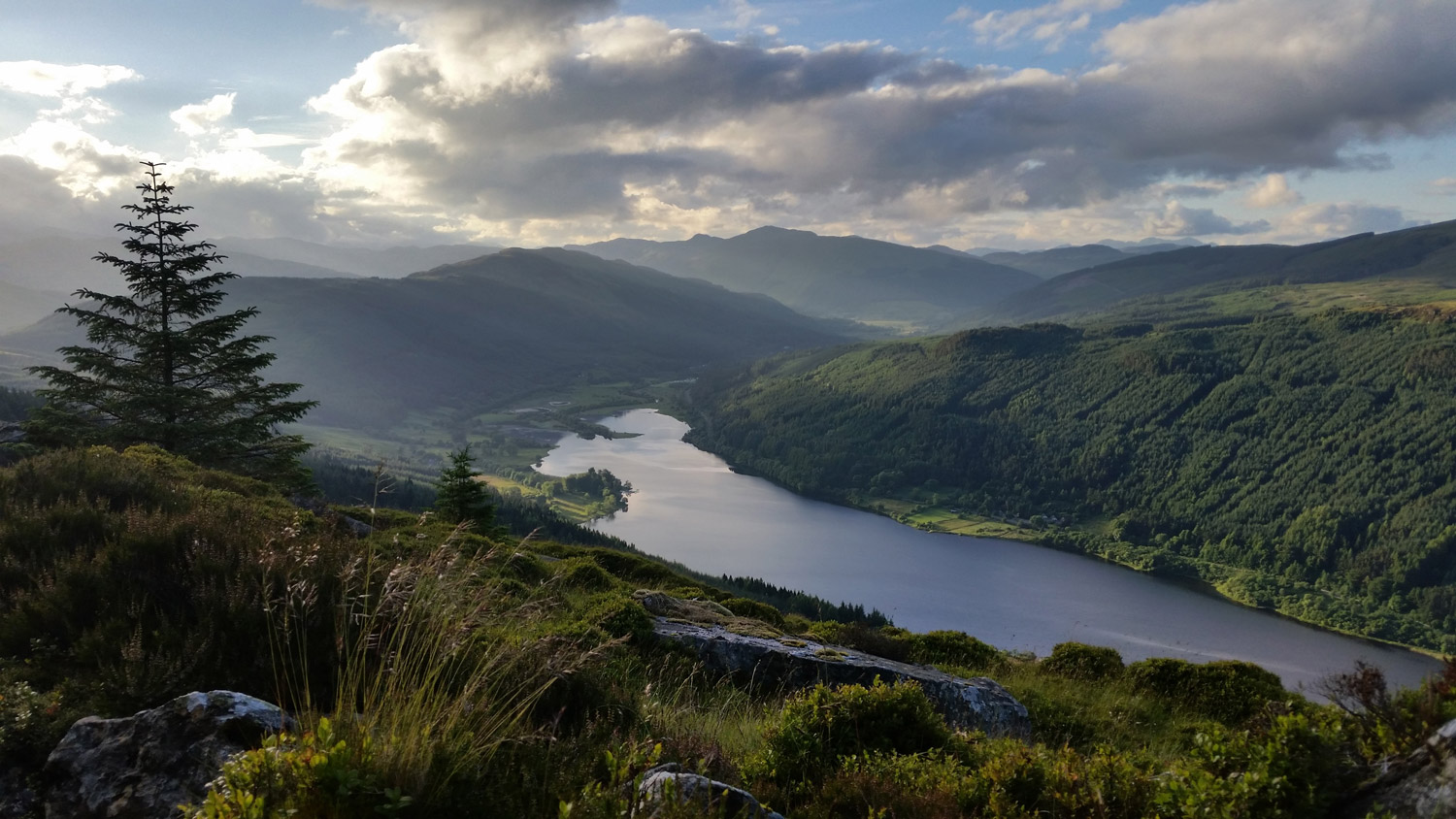
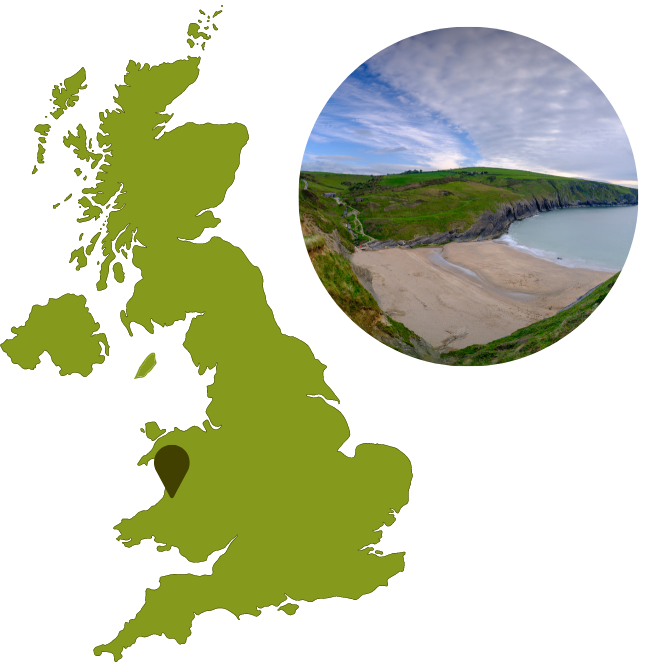
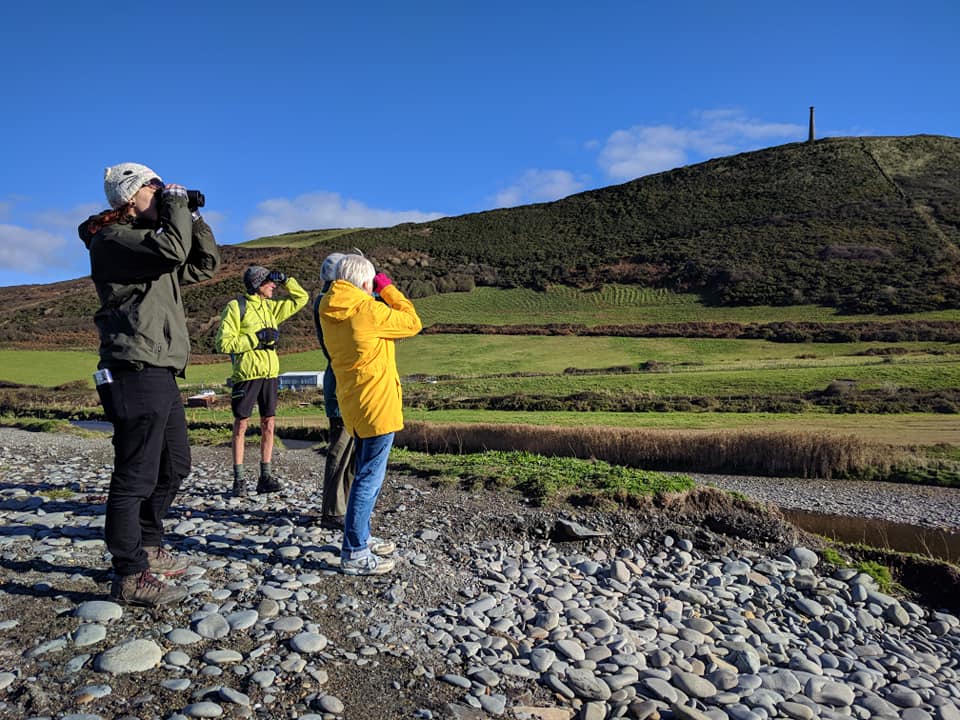
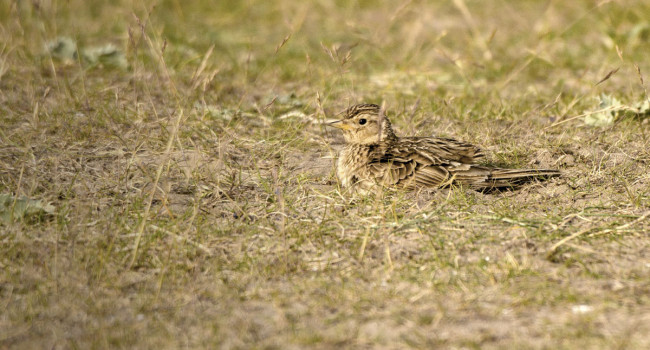
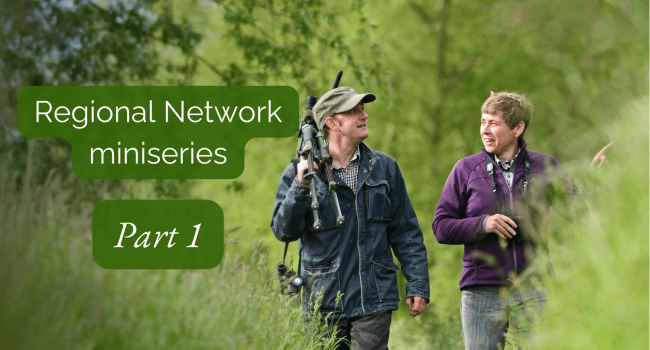


Share this page